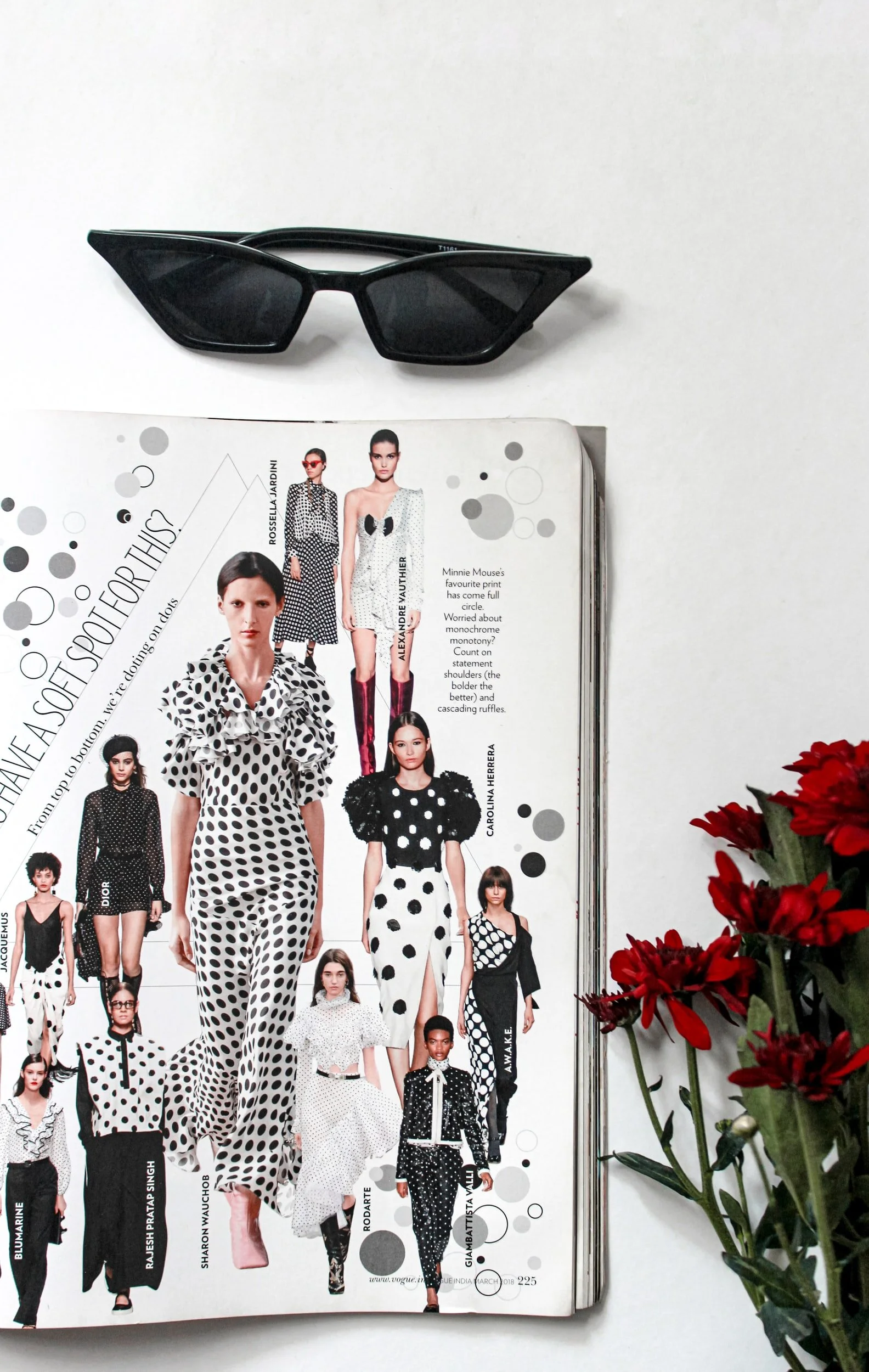Top 7 Trends in the Sustainability Fashion Industry
By PAGE Editor
You might have heard of it, sustainable fashion. It’s really trendy right now. Some even dare say that this is the future of the fashion industry. Which is why more and more brands are trying to adapt different sustainability strategies to keep up with the movement. May it be from upcycling their previous lines to reselling from other brands, there’s always a new strategy to adapt.
Whether you’re a consumer or a seller looking forward to building your brand, here are some of the top trends in the sustainable fashion industry you might want to adapt.
Repeating Outfits
In the past celebrities would get crucified if they were caught wearing the same outfit from another public event, but in our time celebrities reuse their clothes out loud and proudly. In fact you may be surprised to know that Anna Wintour, Vogue Editor and one of the most iconic names in the fashion industry was seen to wear an outfit twice on two separate occasions.
She wore a black and white circle patterned body fitting dress in 2009 for that year’s Met Gala and was seen again in 2012 wearing the exact same dress when she was invited to the reception of the British prime minister.
Upcycling Clothes
In this era where DIY Crafts thrive DIY upcycling of clothes are also at its peak. There are hundreds of tutorials on Tiktok on how to upcycle a pair of jeans or turn a dress to a top to keep it trendy and still usable. In this way consumers don’t have to keep buying new clothes from fast fashion brands to stay in season. For some of us who aren’t handy with the sewing machine there’s always an option to befriend a great seamstress to help you so that your clothes never go out of style.
Choosing Sustainable Brands
These days people are more knowledgeable about how brands make their products. People are opting to buy from brands who follow a sustainable and ethical way of production. One of the Hollywood actors who have been advocating for sustainable clothing since the early days of the movement is Emma Watson.
Emma has been open about her beliefs and principles, and with that also her fashion choices.When in public she always wears clothes that are vintage or new clothes from brands that are committed to work with zero-waste factories, that source their materials ethically, and that promise to be cruelty-free.
Brands choosing to Resell
One of the pillars of sustainable fashion is the consumption habit not the made piece, but on the supply as well. If a brand wants to be sustainable they must also practice reducing the production of excessive pieces that will come to waste. Why make the exact same design if another brand already has it?
With this, brands are now turning to collaboration with other brands with the idea of reselling in mind.Luxury brands such as Gucci are starting to hop in this trend by partnering with other brands like RealandReal. This lessens the over-production of garments.
Brands using Recycled Materials for Production
In 2020, H&M gained a lot of popularity because of its Green Machine - a machine that segregates recycled polyester and cotton-blended clothing. Later that month, other store brands owned by H&M dropped its products using its recycled fibres. These are one of the considerations a consumer must consider when trying to shop sustainably.
Besides H&M there are also a number of other brands that promise to make use of recycled materials such as Summersalt (Missouri, USA) and Thought Clothing. (London, UK)
Consumers looking into Working Conditions
A misconception people usually have about sustainable fashion is that it only pertains to how environmentally safe the materials are, but in reality how it’s made is also a big factor when it comes to assessing a brand’s sustainability. Sustainability also talks about ethics.
Questions like “are the workers paid fairly?” and “are their working conditions humane?” come to play. Take note though that these don’t just pertain to the employees that work in their office and site, we’re talking about the bottom of the supply chain, the laborers, those who work to craft the actual materials of your clothes.
Selling pre-loved clothes
Big brands aren’t the only ones who can make their business sustainable. If you’re planning to start up a clothing business, you too can contribute to being sustainable. A lot of people are selling their pre-loved clothes. In this way, clothes that are still in good condition that don't fit anymore can be utilized by someone else out there. We are just putting existing in a cycle. This is a great way to lessen excessive consumption habits.
Sustainable fashion is not just a trend, but a lifestyle. It’s a good way to conserve our natural resources and at the same time make sure that the fashion industry is fair for everyone who contributes to it. In whatever side of the coin you are in the industry, consumer or seller, there’s always a choice of being sustainable, and it promises a good future for fashion.
HOW DO YOU FEEL ABOUT FASHION?
COMMENT OR TAKE OUR PAGE READER SURVEY
Featured










The OTW by Vans x Parra Old Skool 36 marks a full-circle collaboration that fuses Parra’s surreal, minimalist artistry with Vans’ skate heritage, reimagining an iconic silhouette through thoughtful design, premium materials, and cultural authenticity.